When it comes to France, people think of all kinds of perfume, luxury products, the Eiffel Tower and romance, of course French cars. And the leading role of today’s brand history profile is Citroen, the French car brand. Many friends know little about French cars. Many people only know that Mercedes-Benz has made the world’s first car, but few people know that Citroen has launched the world’s first front-wheel drive car. Many people know that Benz has developed the first 4-Valve engine, but few people know that the world’s first all-steel body car is developed by Citroen. It is because of these first achievements that Citroen has achieved nearly a hundred years of history and brilliance. Next, we will introduce the development history of Citroen brand.

Citroen was founded by a Frenchman, Andre Citroen, who was born into a wealthy family in 1878. Andre Citroen loved to read Verne’s science fiction. Influenced by science fiction, he loved science since he was a child. After graduating from Polytechnic Institute of technology in 1900, Andre went to Poland for a trip. During the trip, he found a method of cutting herringbone gears. Andre purchased the patent for this method and founded a factory to produce herringbone gears in 1901.

In 1912, Andre Citroen got a chance to visit the Ford factory. After visiting the factory, Andre was deeply shocked by Ford‘s advanced car building concept, which also made Andre have his own car dream that is one day, he can reach the level of produce 1000 cars per day, and make an economic and comfortable car that ordinary families can have.
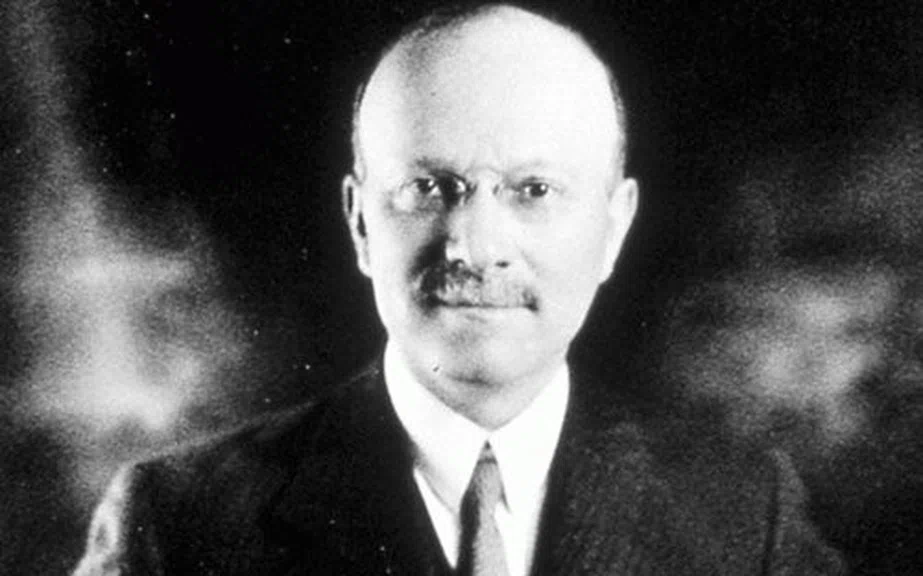
After the end of World War I in 1919, Citroen founded the Citroen Automobile Company and used the shape of herringbone gears as the logo of Citroen cars. In June of the same year, the first Citroen Type-A was launched. This Type-A uses a water-cooled 1.3L engine with a maximum power of 10 horsepower and a maximum speed of 65km/h. Citroen priced this car at 7,950 francs, which was an attractive price at the time.
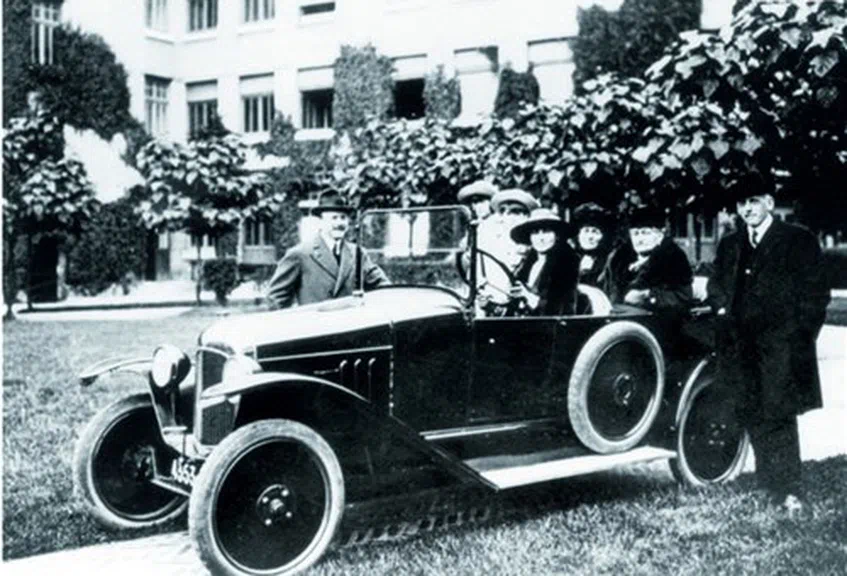
Type-A is the first mass-produced vehicle of Citroen. Its relatively low price makes type-A quickly recognized by people. Due to the popularity of the new car, Citroen decided to adopt the assembly line production, which also made type-A became the first model in Europe to adopt the assembly line production. By the end of 1919, the daily output of type-A could reach 30 vehicles, while in 1920, the daily production of type-A reached 100 vehicles.

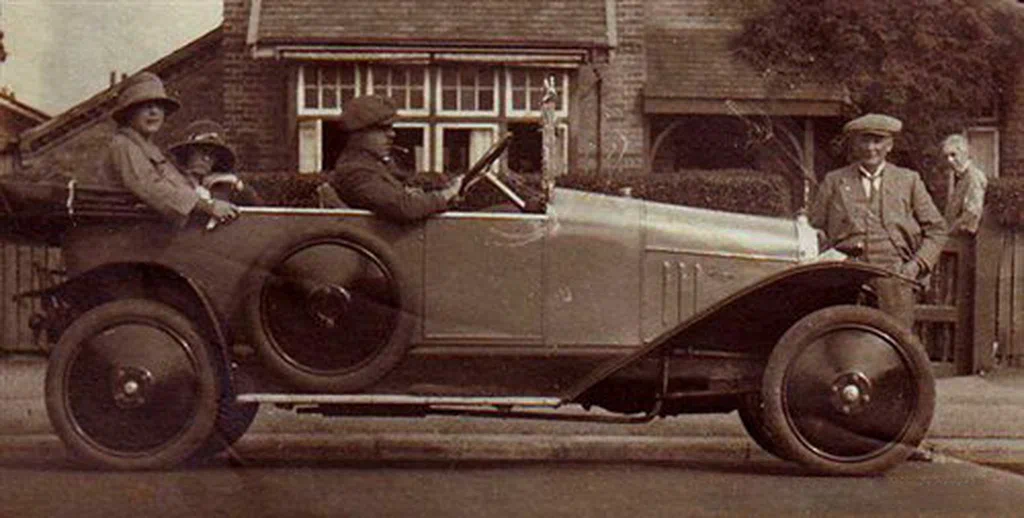
In October 1924, Citroen launched a new car, which marks the improvement of the world’s automobile manufacturing process. This car is the B10, which breaks the way of making the car body with wood and steel plates. The body of B10 is composed of cold stamped and welded components, which not only has greater resistance to impact, but also improves the durability of the vehicle. And B10’s innovative body material application also has a profound impact on the development of the world’s automobile industry.
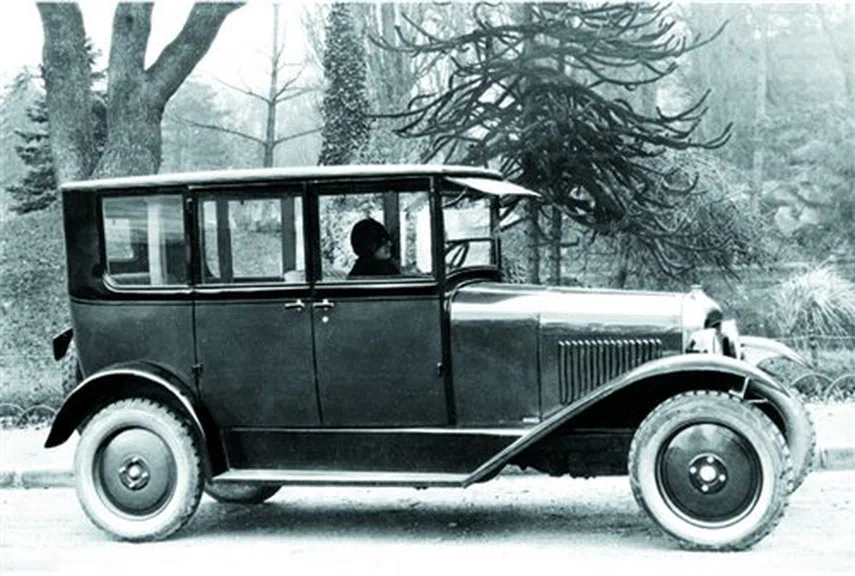
The launch of B10 has greatly improved Citroen’s brand awareness. Meanwhile, Citroen has also begun to expand its sales network, creating an international sales network covering Brussels, Amsterdam, Cologne, Milan, Geneva and Copenhagen. In 1924, Citroen exported a total of 17,000 Citroen cars.
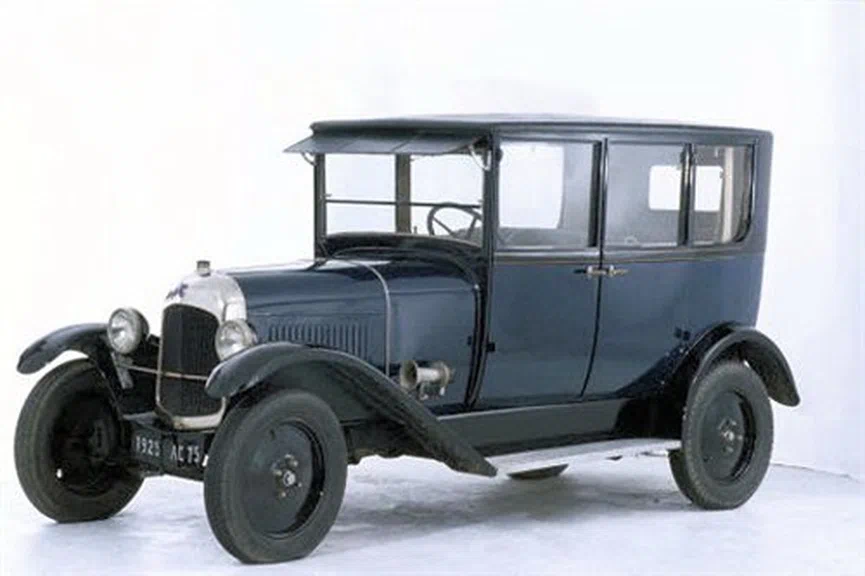
With Citroen becoming more and more popular, Citroen has been trying to improve the automobile manufacturing process and procedures. By introducing more advanced production mode, in 1928, the daily production capacity of Citroen reached 1000. In 1929, the annual production of Citroen reached 102,000.
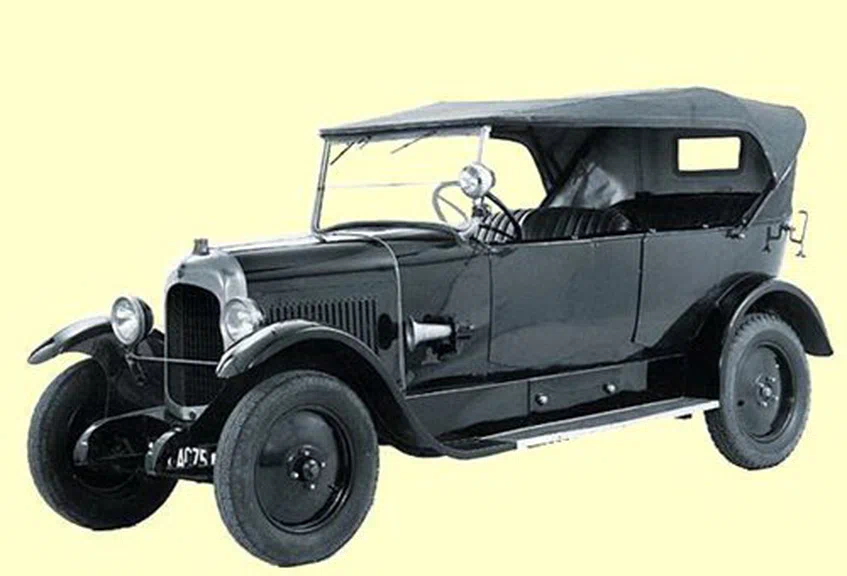
In 1934, due to the economic recession and poor sales performance of new models, the operation of Citroen was affected. The bank refused to give loans, which made Citroen face a great financial crisis. In December 1934, Citroen faced financial difficulties and bankrupt. At the same time, Michelin took over Citroen. As the company changed hands, 57-year-old Andre Citroen resigned in January 1935 and died in July of the same year, ending his legendary life.
Although Citroen experienced a serious financial crisis in 1934, a new model introduced by Citroen in that year has once again improved the world’s automobile technology, which is Traction Avant. This car uses a load-bearing body and front-wheel drive system, which may not be special in the current view. However, at that time, civil vehicles were generally in the form of rear wheel drive, and all of them were made of wood, the engine was fixed on the chassis with bolts, and then a steel shell was buckled. Therefore, the car was particularly heavy and the steering was not sensitive enough.
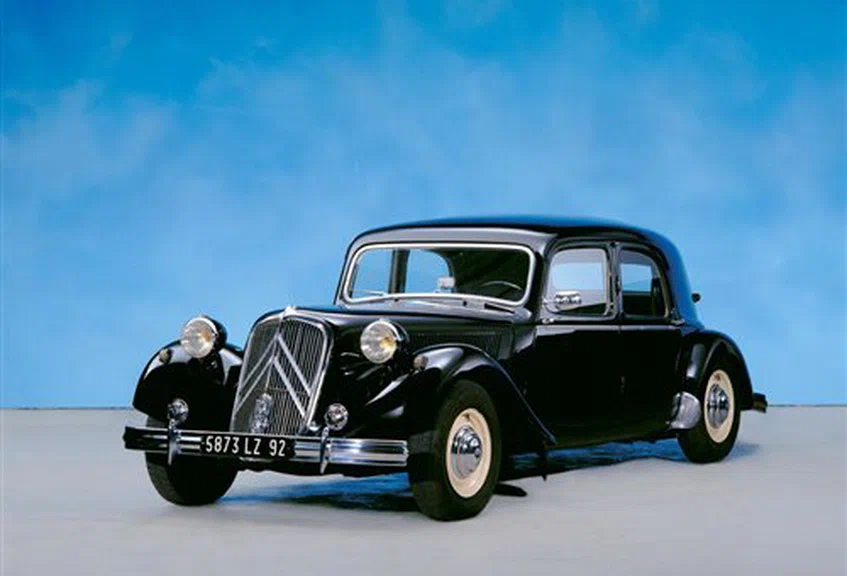
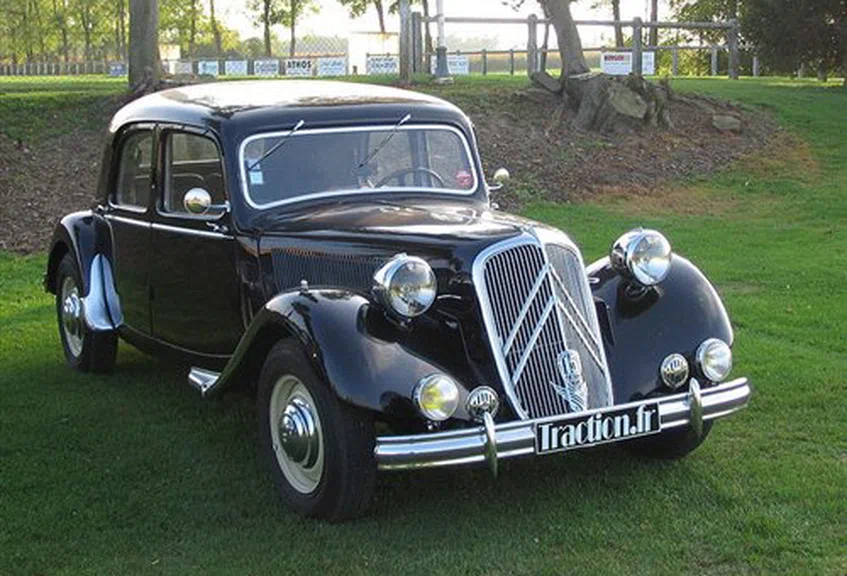
The application of the front-wheel drive makes the vehicle can adopt the full load-bearing steel body, so there is no chassis, the weight of the vehicle is greatly reduced, the appearance is greatly improved, the balance weight is more reasonable, the aerodynamic effect is better, and the speed is greatly improved. At the same time, it greatly improves the comfort and handling stability of the vehicle. Citroen’s Traction Avant has become the world’s first mass-produced front-wheel drive civilian car. Traction Avant also achieved a remarkable sales of 760,000 vehicles in 23 years.


In 1939, Citroen planned to launch a new mini car called 2CV, but the outbreak of World War II stopped the launch plan of this car. It was not until 1948 that 2CV was officially launched. The design concept of 2CV is very simple, “it can carry 4 people, 50kg potatoes or a bucket, with a top speed of 60km/h, which ordinary people can afford.”.
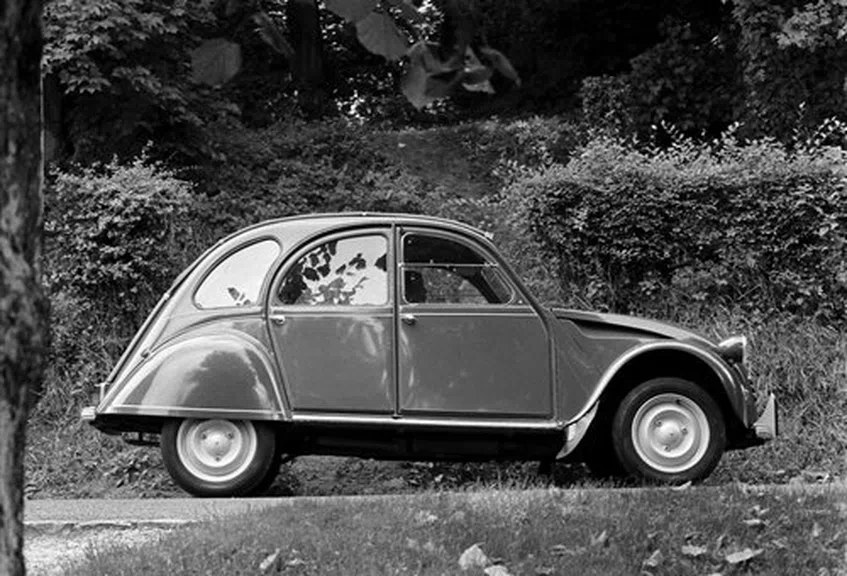
After the war, the French people urgently needed a cheap and practical car, and 2CV, with its lovely appearance, economic and practical characteristics, finally won the favor of the public and swept the whole Europe. A total of 5.11 million vehicles were manufactured in the 42 years from 1948 to 1990, which is extremely excellent for a small car. Citroen 2CV, together with Volkswagen Beetle and Mini, is one of the three most famous small cars in the world.

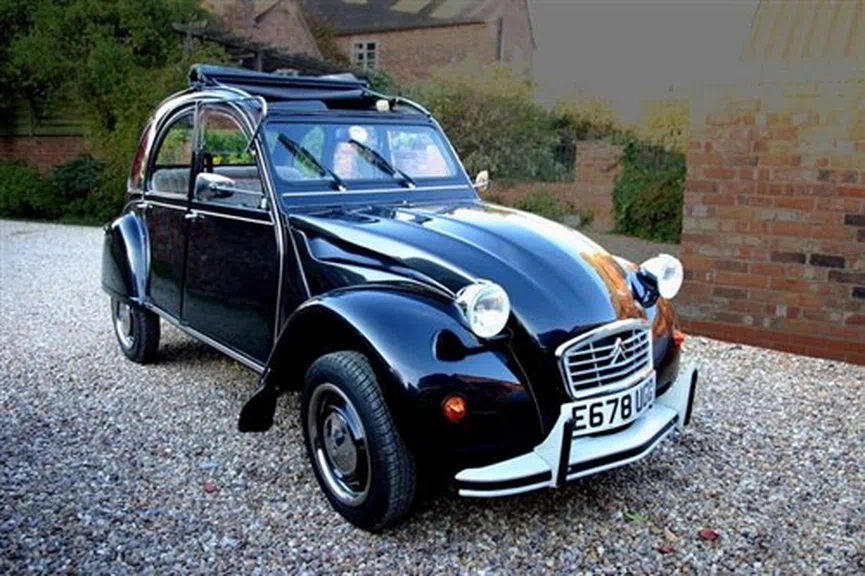
At the Paris Auto Show in 1955, a new car of Citroen with avant-garde shape appeared on the exhibition stand. This car is DS. The body of DS uses new materials such as aluminum alloy and plastic, and the aerodynamic lines and shape are refreshing.
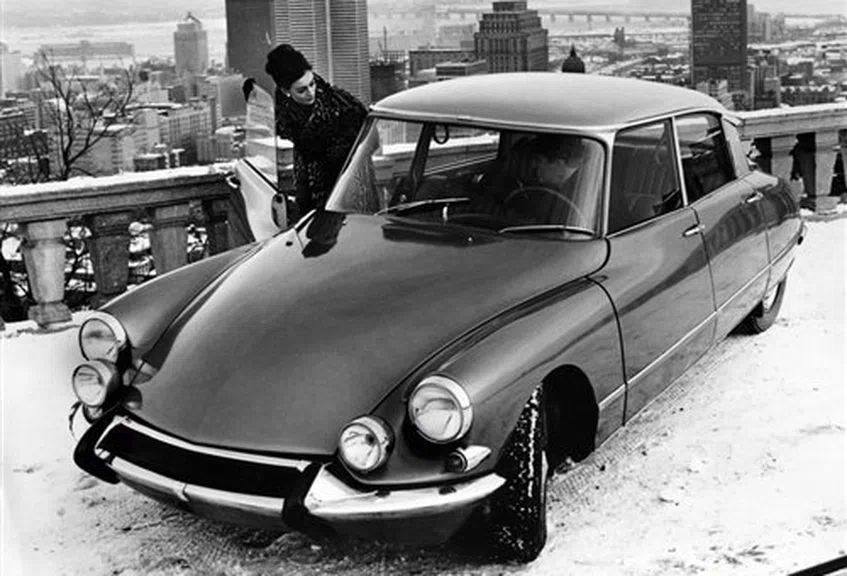

The most attractive thing about DS is not its appearance, but the fact that DS is the first vehicle with hydro pneumatic linkage system in the world. This suspension relies on the interaction of liquid and air, replacing the traditional mechanical spring. The suspension system can maintain the same height of ground clearance under the condition of approved load under the action of balance corrector. At the same time, the hydro pneumatic linkage system has better driving comfort than the traditional mechanical spring. DS has been recognized by many consumers for its beautiful shape and excellent ride comfort. Even former French President Dai Gaole uses DS as his own car.
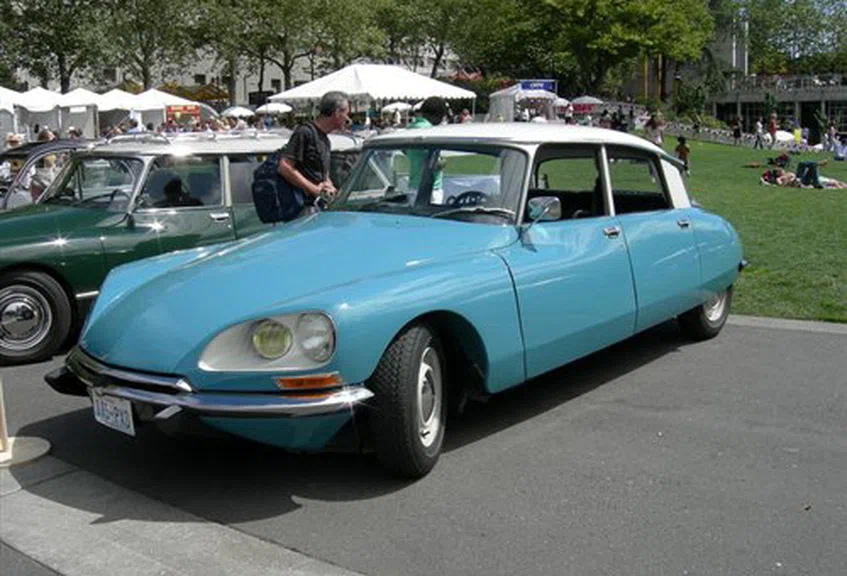

In 1970, Citroen launched a sports car called SM, which is equipped with a suspension system that can be adjusted automatically according to the weight distribution of the body, four disc brakes and power steering. The car is equipped with 2.7L and 3.0L six cylinder engines. With excellent suspension system and strong power system, the top speed measured by SM reached 220km/h, which was very outstanding in Europe at that time.
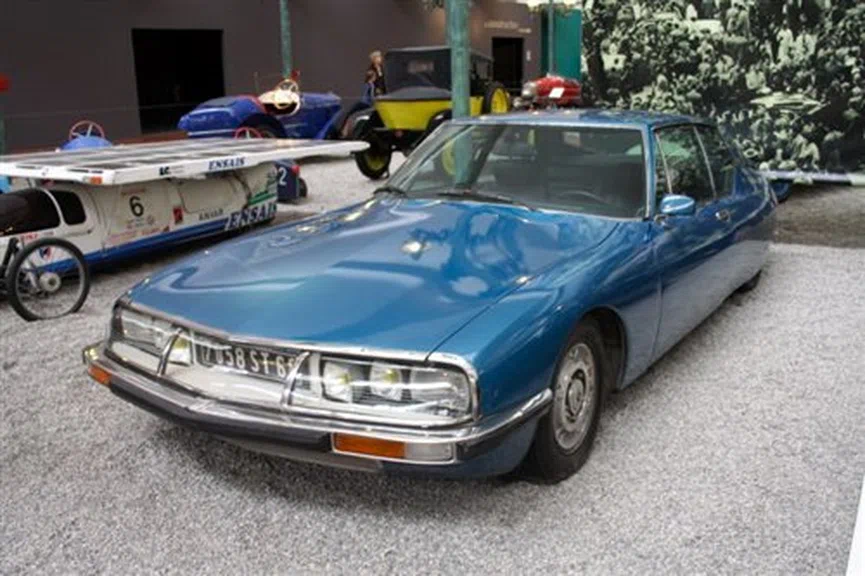
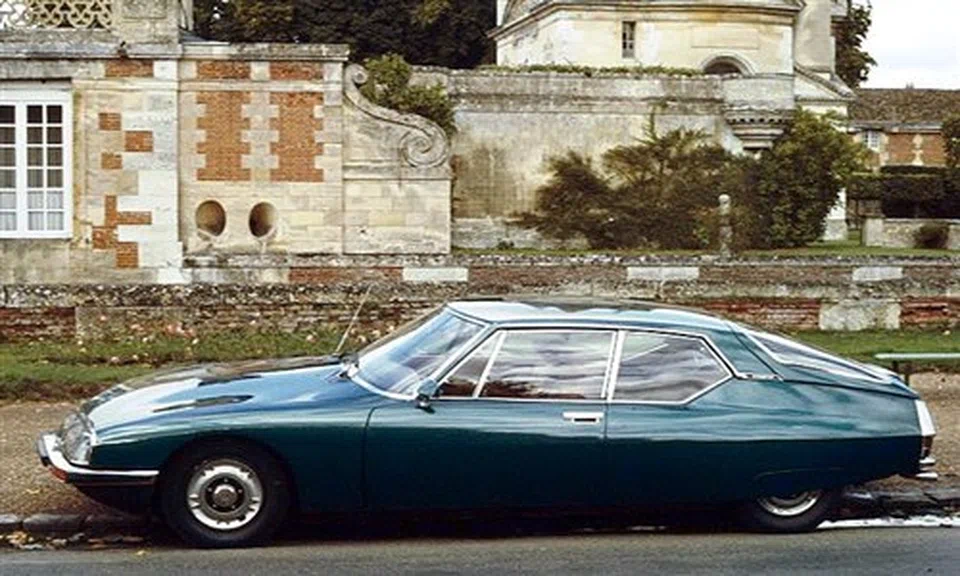
In 1974, Citroen launched the CX series, which was designed by the famous Italian design master Giurgiaro. The CX’s appearance is still full of personality as always, but the interior design greatly embodies the French humanized pursuit. In 1978, the sales volume of CX exceeded 150,000. In 1984, the Turbo model CX 25 GTI was added, with a maximum horsepower of 167 horsepower and a top speed of 220km/h. From its launch in 1974 until it was discontinued in 1991, the CX sold a total of about 1.17 million vehicles.
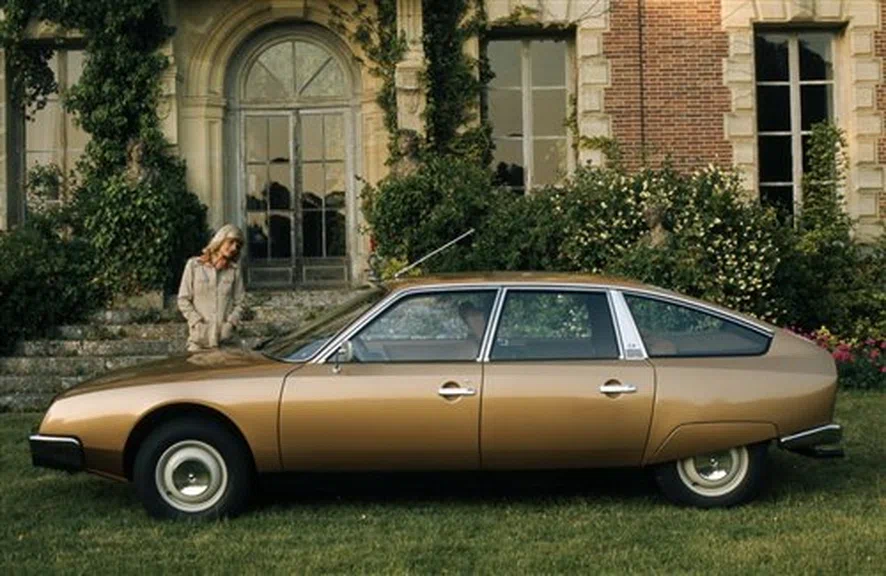
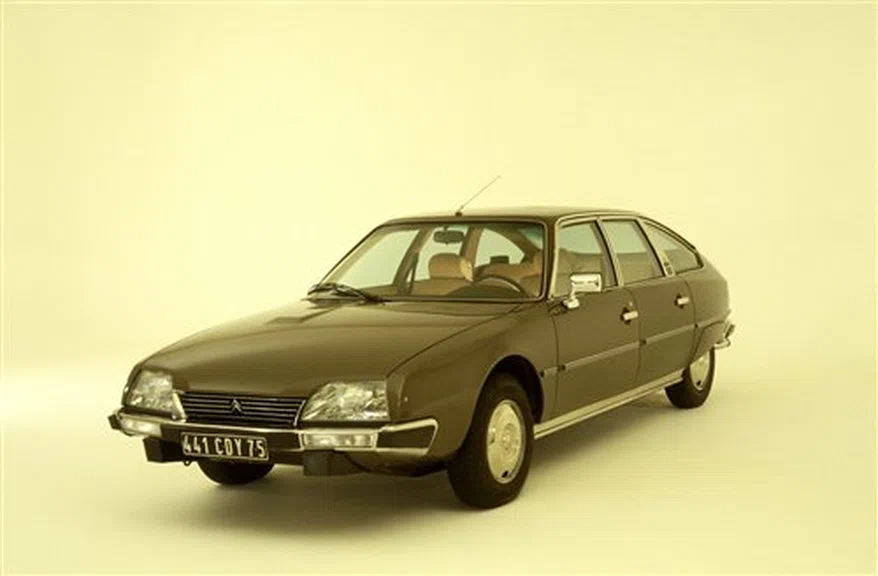
In 1976, Citroen joined the Peugeot Group, and since then Citroen has become a member of the French Peugeot-Citroen Group (PSA), but it still has great independence and its business activities are still under its own control.
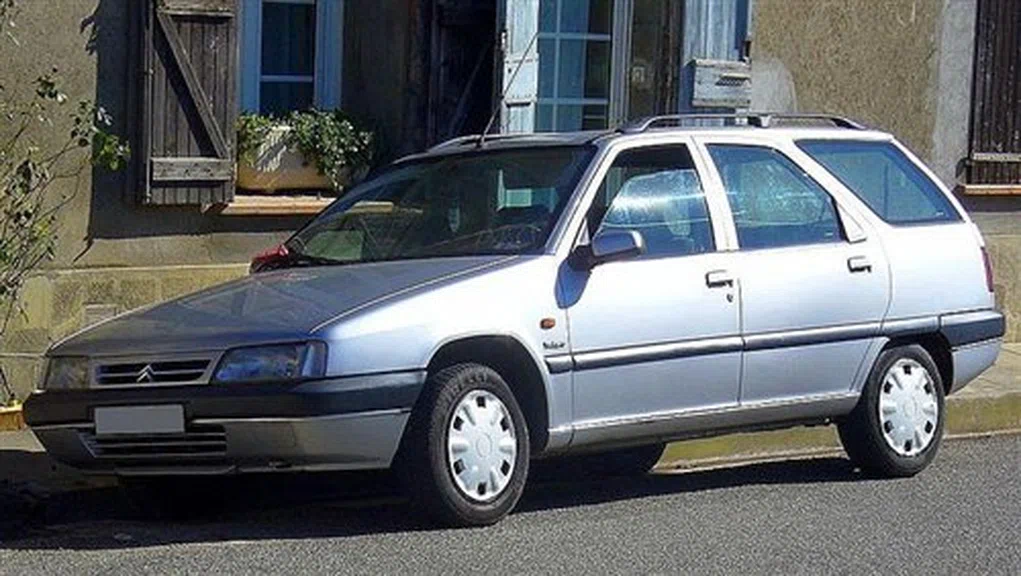
In 1986, in view of the demand of European consumers for family cars, Citroen began the research and development of a new family car, which should not only be suitable for home use, but also have good handling. With this goal in mind, Citroen spent 5.6 billion francs over four years, and finally launched the Citroen ZX in 1990.
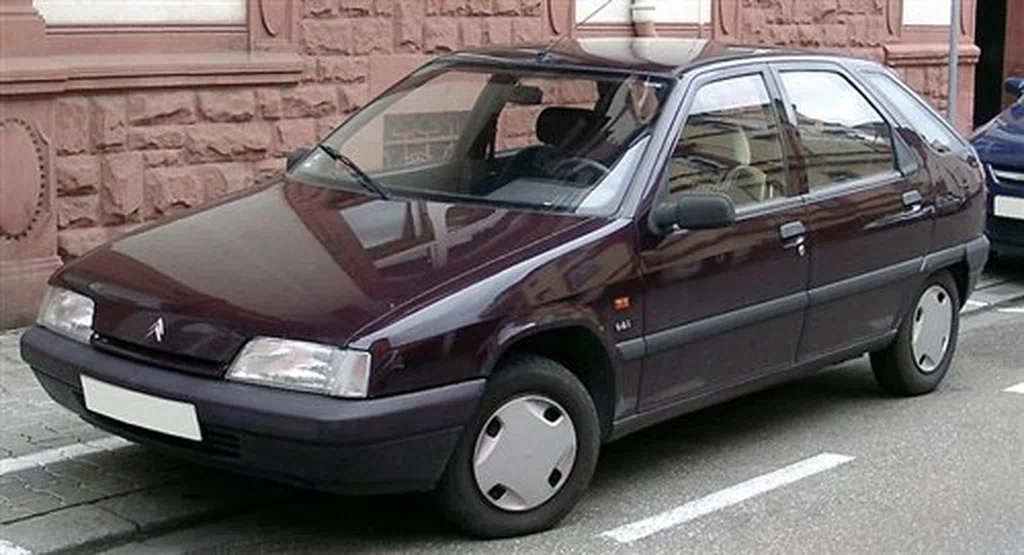
ZX car adopts a new technology developed by Citroen Engineers – rear wheel follow-up steering technology. This technology can make the rear wheel produce a certain degree of steering angle in addition to the steering force and direction provided by the front wheel when the car is cornering. The application of this technology effectively improves the handling and stability of the vehicle. At the same time, due to the characteristics of the rear wheel follow-up technology, the car has better ground adhesion performance, which can reduce the roll of the rear passengers in the car. In addition, it can also effectively inhibit tail flick and improve the safety.
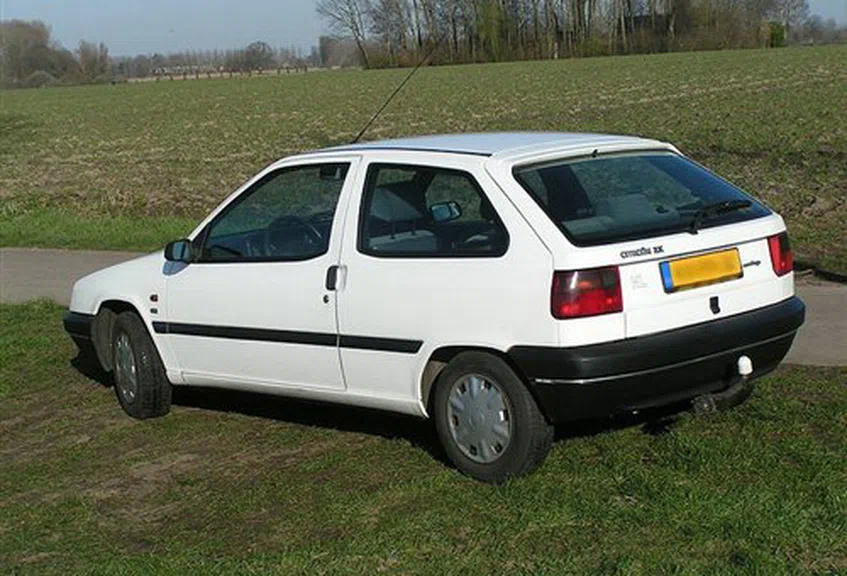
After launch, ZX quickly became the best-selling car in Europe and won the Paris-Dakar Rally. Later, Citroen won 5 Paris-Dakar Rally Championships, 3 Paris-Moscow-Beijing rally Championships successively and won many events with ZX with excellent handling performance.
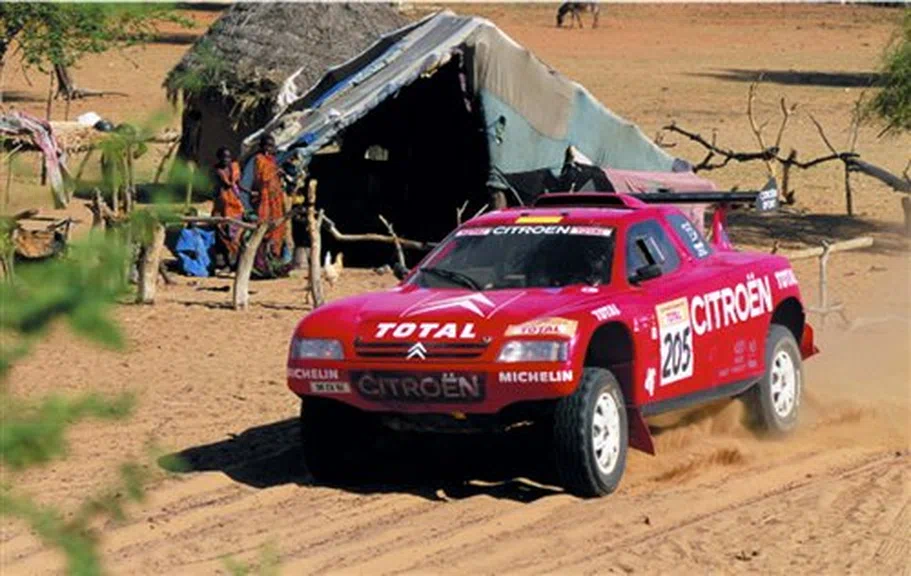
In 2001, Citroen launched a new midsize car C5, which gives full play to the French’s unique views on art. The rounded body full of curves looks very comfortable. Technically, Citroen brings Citroen’s latest suspension technology to C5, hydractive 3 active hydraulic suspension system.
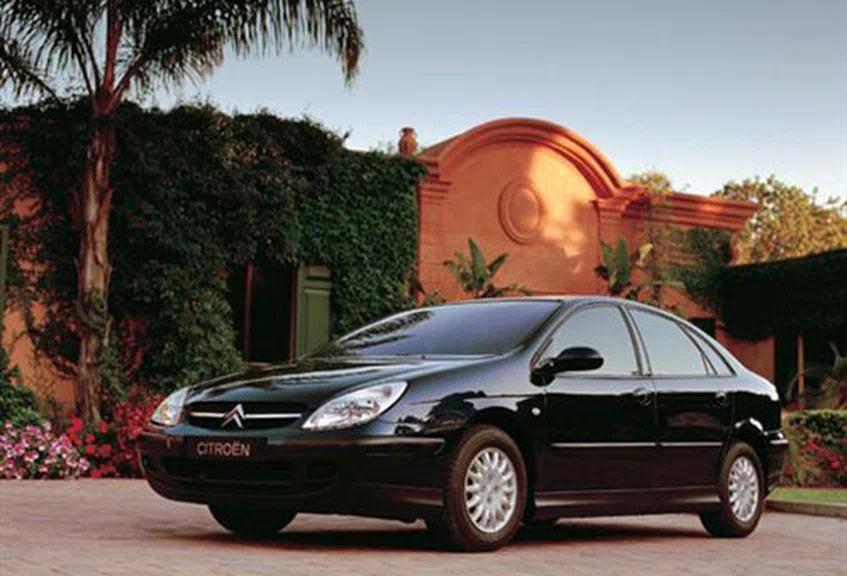

The main improvement of the active hydraulic suspension system of the hydractive 3 is that it starts to use electronic sensors instead of the previous mechanical measuring device to sense and adjust the suspension system, and adjust the suspension height according to different road conditions. On some high-end models, the system can also adjust the soft and hard of suspension. This system ensures handling and stability while greatly improving driving comfort.
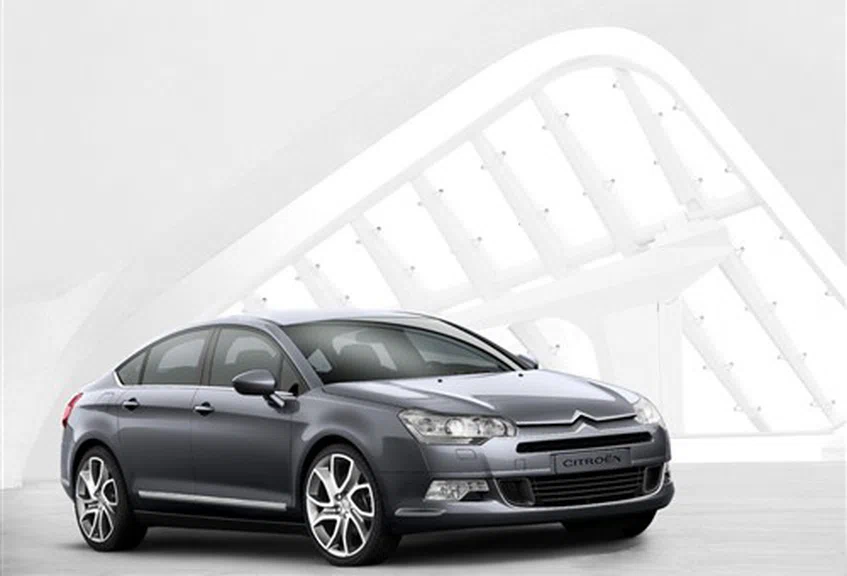
At the 2004 Paris Auto Show, Citroen brought the C4 compact hatchback. The whole body of Citroen C4 is in a circular arc shape, and the rear part is obviously cut with clear edges and corners, which is in contrast with the smooth body lines. The front and rear light sets of C4 have the design shape of turning angle, and they are cleverly matched with the body in horizontal and vertical ways respectively. The Citroen logo in the center of the car head is naturally integrated with the car front face.

In terms of suspension system, C4 of PSA group uses the suspension system similar to 307, which is the suspension system of front MacPherson and rear longitudinal arm torsion beam. This suspension system has been adjusted by Citroen engineers, and its stability and handling performance are very good. This car was also introduced into China by Dongfeng Citroen and named Sega.

The new generation of Citroen C4 was released in June 2010. This car adopts the new family style design concept of Citroen, with a more sharp and dynamic appearance. In terms of power, the new generation C4 is equipped with not only 1.4L and 1.6L new naturally aspirated engines, but also 1.6T engine with maximum power of 155 horsepower. Its power performance is better.
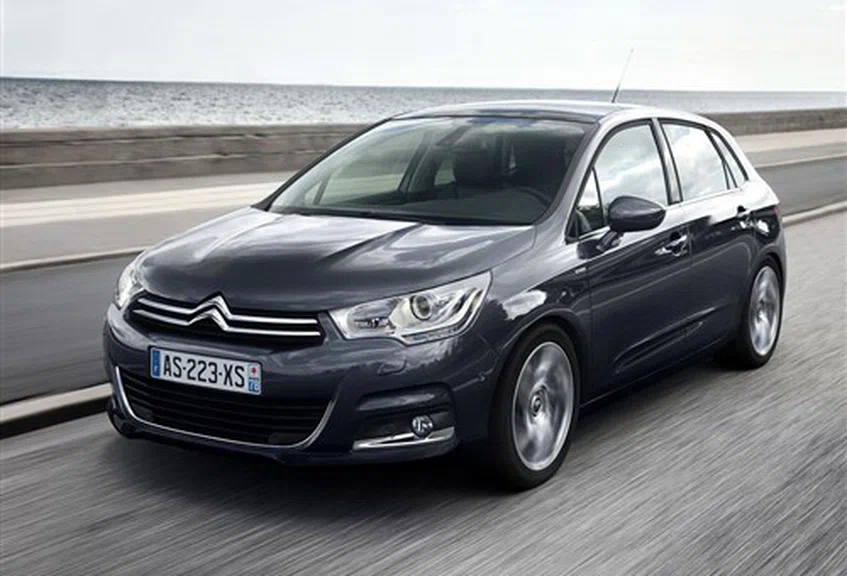

In 2005, Citroen released its top vehicle C6, which has drawn the essence of Citroen’s past models, and has applied many advanced technologies with excellent comfort, safety and excellent handling. As a top model, Citroen has equipped the C6 with a hydraulic 3+ suspension system, which can maximize the stability of the body and provide excellent comfort.
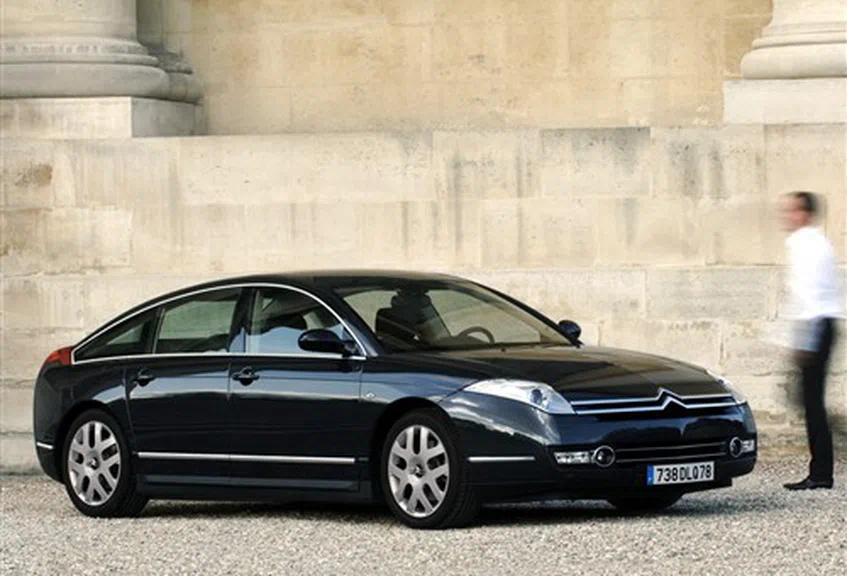

In 2009, Citroen released the DS Inside concept car. The appearance of this concept car revealed Citroen’s new model development plan. More sports and more luxury has become the theme advocated by DS series. In the subsequent DS3, DS4 and DS5 models, people can see Citroen’s perfect interpretation of sports and luxury.
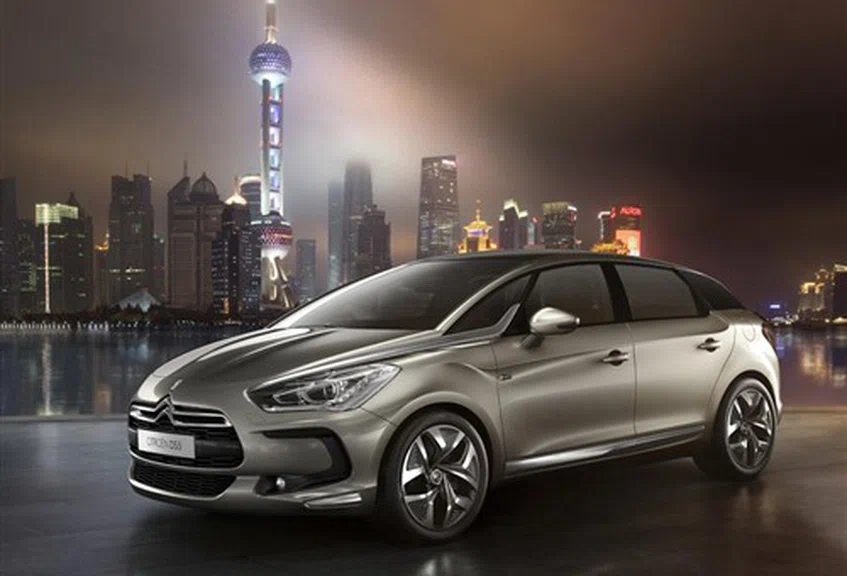
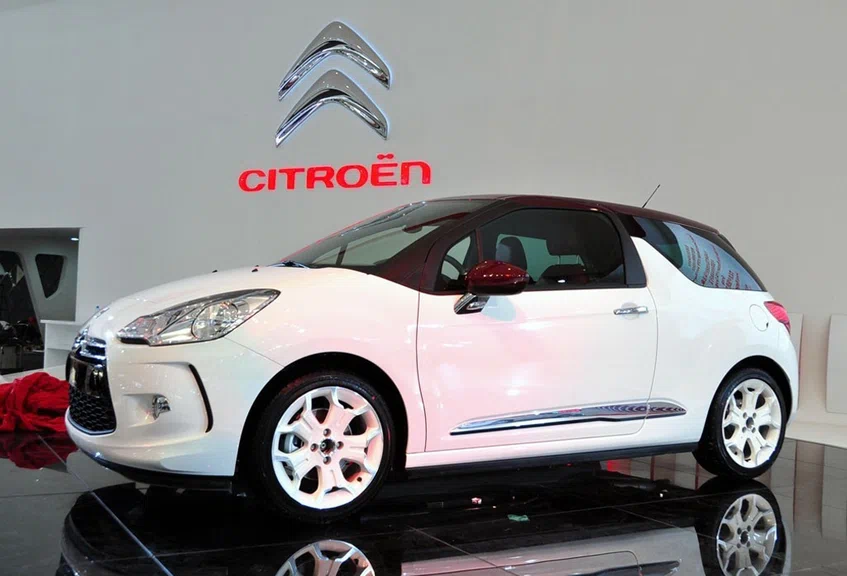

Since the birth of the first Citroen type-A, Andre Citroen has realized his dream of car building and made it the concept of car building of Citroen. In 100 years of history, Citroen has always followed its own concept of car building, from the use of all-steel body to the equipment of front-wheel drive, from the birth of rear wheel follow-up steering to the application of active hydraulic suspension system, Citroen has fully applied its views on automobile technology to the process of Automobile Research and development and manufacturing, and the application of each technology has made the car made by Citroen more economical comfortable, but also make more people know and recognize the Citroen car
